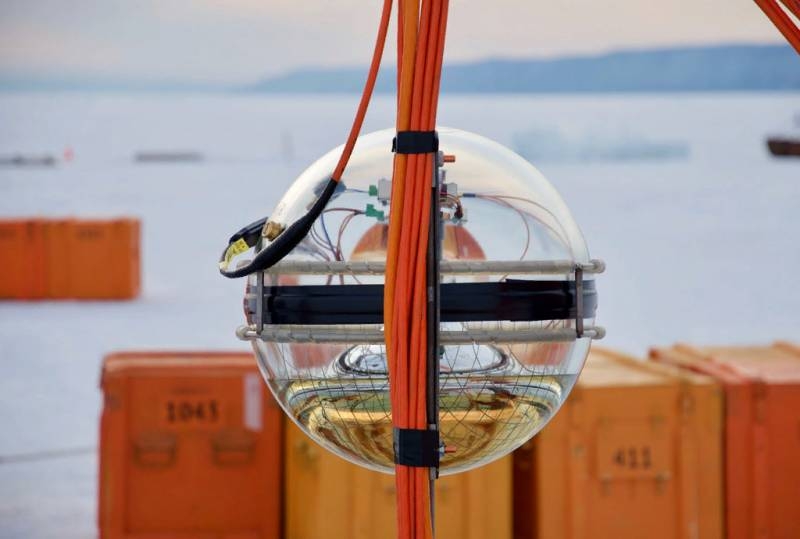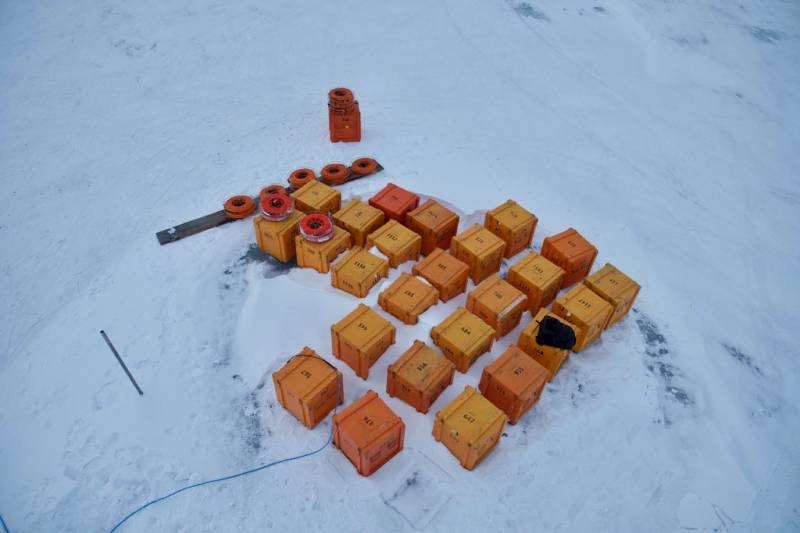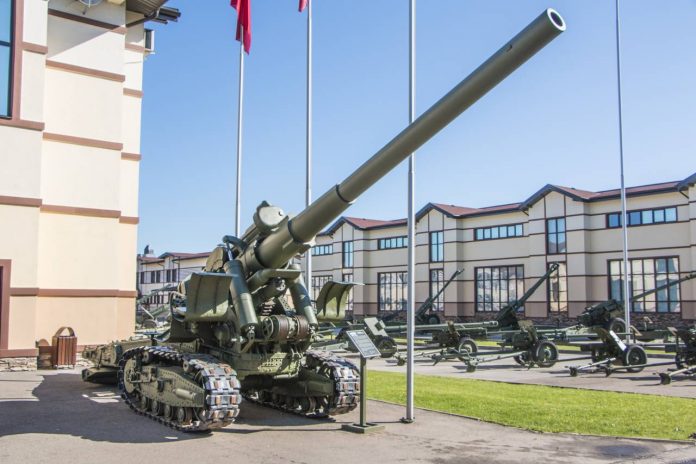Under the heading "Let's talk about the science" "IN" proposes to discuss aspects of the neutrino detection, first military.

Element of the neutrino detection system
A couple of years ago in one of the universities in Germany (University Mainz) calculations were made, that allow you to determine the presence of spent nuclear fuel in certain places. A group of scientists said, that calculations are made on the analysis of radiation in the form of neutrinos. Talking about neutrino detectors, the use of which allows determining the operational parameters of nuclear fuel. The world began to talk about a new discovery.
Actually, the possibility of analyzing neutrino fluxes when detecting radioactive materials was known back in the Soviet Union. Moreover, the work was then carried out primarily in the military direction..
Today, developments are once again under scrutiny., including after certain US steps to withdraw from the fundamental treaties.
Neutrinos are a special group of six fundamental particles that have no charge., with high penetrating power. The hypothesis of the existence of such particles was unequivocally stated in the early 30s of the XX century.. This hypothesis was outlined by the Swiss physicist Wolfgang Pauli.
Neutrinos interact extremely weakly with matter.. At the same time, it is the neutrino (one of the types), It turned out, are able to give an unambiguous answer when detecting nuclear weapons or fuel for nuclear power plant reactors. neutrino flux (and their streams permeate everything around, including the globe itself, and arise on the globe itself from various processes) from an object can tell a lot about, why exactly this object generates such particles. In turn, this allows us to speak about neutrino sensors., with the help of which it is possible to carry out a mathematical analysis of neutrino fluxes, so-called oscillations and draw a conclusion about the presence or absence of, eg, radioactive material.
One of the topics discussed: satellite neutrino detectors, which would allow studying not only the so-called geoneutrinos (make it clear, where exactly are the deposits of radioactive minerals), but also neutrino, emitted by nuclear weapons stored at the facilities. A separate issue is the sensitivity of these sensors and energy consumption.
As an option: location of neutrino sensors on aviation facilities for monitoring nuclear weapons storage sites. for example, overflight of a section of the water area to detect nuclear submarines of a potential enemy – Nuclear submarine with nuclear weapons. “Behavior” neutrino allows you to see that, which cannot be seen with electronic monitoring, especially not visually. In this version, neutrino detectors become real “applicants” places of storage of nuclear weapons.
If we talk about the civilian sphere of use, to the 2015 was opened in Russia “line” Baikal Underwater Neutrino Telescope. The final commissioning of the space detection object is planned for the next (2020 year). The telescope is made up of individual elements, each of which is a neutrino detector. The operation of the detectors is synchronized. Separate parts of this telescope are located at depths of more than a kilometer.. This allows you to study the processes in the Universe without much interference., including the so-called deep space.

Elements of the Baikal Neutrino Telescope
The largest to date “neutrino” the laboratory is called IceCub and is located in Antarctica – at Amundsen-Scott station.











